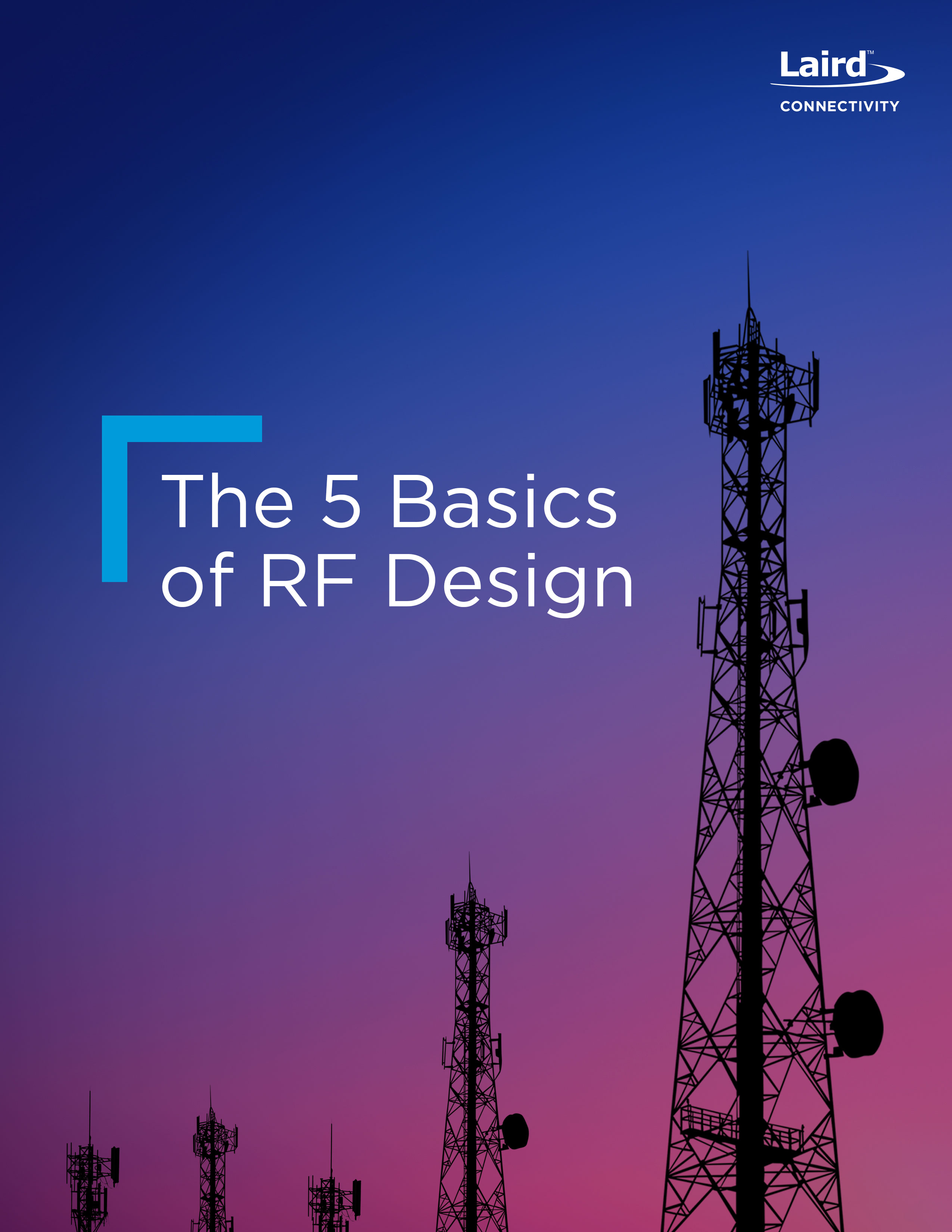
1. Where will your wireless product be based? U.S., Asia, Europe, Canada?
Knowing where the product will be sold will help you during the RF design and certification process. Different regulatory bodies control frequency spectrum, allowable output power, and testing requirements. For instance, in the US (per FCC regulations), you can operate a product in the 902-918 MHz ISM band, while in Europe (per ETSI regulations), the same band is not allowed, however the Short Range Device (SRD) band of 863 to 870 MHz is license free and may provide similar performance. The 2.4 GHz ISM band is the most widely used frequency as it is a license free band in more than 95% of the world. When designing your product, you must understand if you are designing per FCC rules (US), ETSI (Europe), C-Tick (Australia), or IC (Industry Canada).

 Laird Connectivity is now Ezurio
Laird Connectivity is now Ezurio




